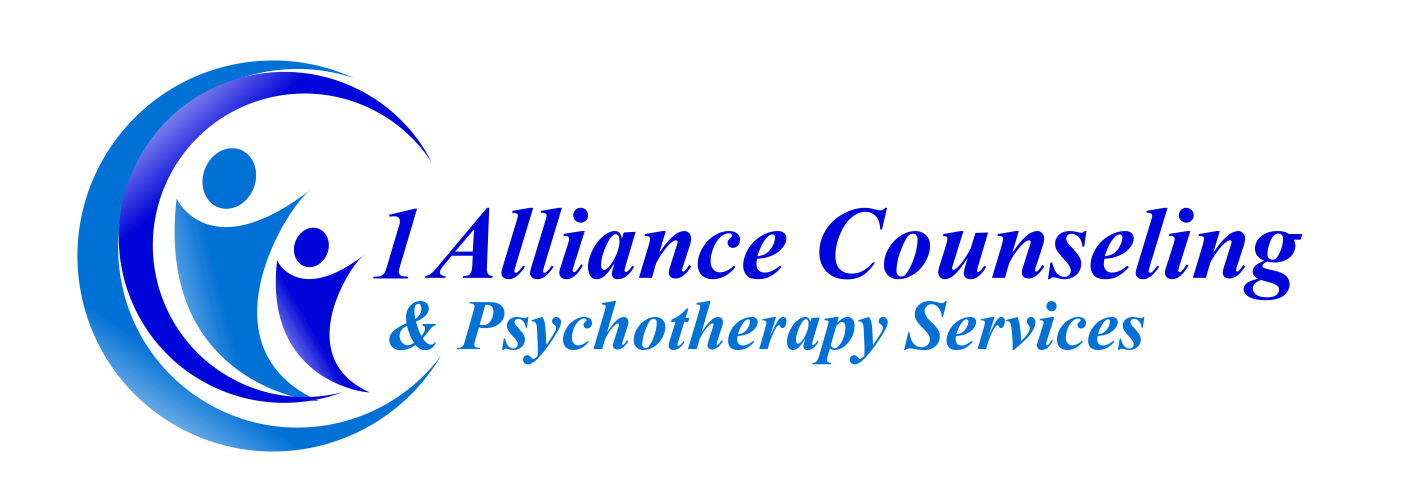Have you ever noticed that you have some symptoms of depression during the fall and winter, when there are longer periods of the limited sunlight? According to The Mayo Clinic, Seasonal Affective Disorder (SAD) is a type of depression that is related to changes in seasons. The symptoms can start mild and gain severity as the seasons advance. It can also occur during the spring and early summer, though this is less often. According to familydoctor.org, between 4%-6% people in the United States suffer from SAD. An additional 10%-20% have a milder form. It can affect children and teenagers and can be more commonly demonstrated in women than men.
Fall & Winter SAD symptoms are:
• Low energy/fatigue
• anxiety, irritability
• Trouble sleeping/insomnia
• Avoidance of social activities
• Concentration problems
• Weight Gain
• Appetite changes
• Hopelessness, Feeling guilty
• Physical symptoms (e.g. headaches)
• Suicidal Thoughts and/or Frequent thoughts of death
Spring and Summer SAD symptoms include agitation, insomnia, weight loss, poor appetite, anxiety, and irritability. The symptoms often come back every year, during the same time each year. Not everyone will experience all symptoms. There are several causes to SAD. One’s circadian rhythm may be disrupted due to the lack of sunlight during fall and winter months, leading to feelings of depression. Drop in serotonin levels, which is a brain neurotransmitter that is involved in emotion management, can occur. Changes in the season can disrupt melatonin levels that also regulate sleep and mood. Lowered Vitamin D levels due to less sunlight also impacts serotonin.
It is important to pay attention to how and when you or a loved-one may experience these symptoms. Risk factors include family history, personal history of bipolar or major depression, living further from the equator, younger age, and being female. It is normal to feel down on occasion; however, if this pattern leads you to unhealthy coping patterns (e.g. alcohol use) or suicidal thoughts, then you need to seek treatment. Current treatments include light therapy, behavioral therapy and medication. Discussing these options with your doctor, medical professional and/or therapist may be necessary if you or a loved-one struggles with SAD. This information is meant to serve as a general overview of SAD, not a diagnostic tool, prognosis, or recommendation for particular method of treatment. Please reach out to your healthcare provider today for more questions and medical advice. If some of these symptoms resonate with you, please consider talking to your doctor or a counselor/mental health professional.
Resources:
https://www.mayoclinic.org/diseases-conditions/seasonal-affective-disorder/symptoms-causes/syc-20364651
https://www.mayoclinic.org/diseases-conditions/seasonal-affective-disorder/diagnosis-treatment/drc-20364722
https://familydoctor.org/condition/seasonal-affective-disorder/
